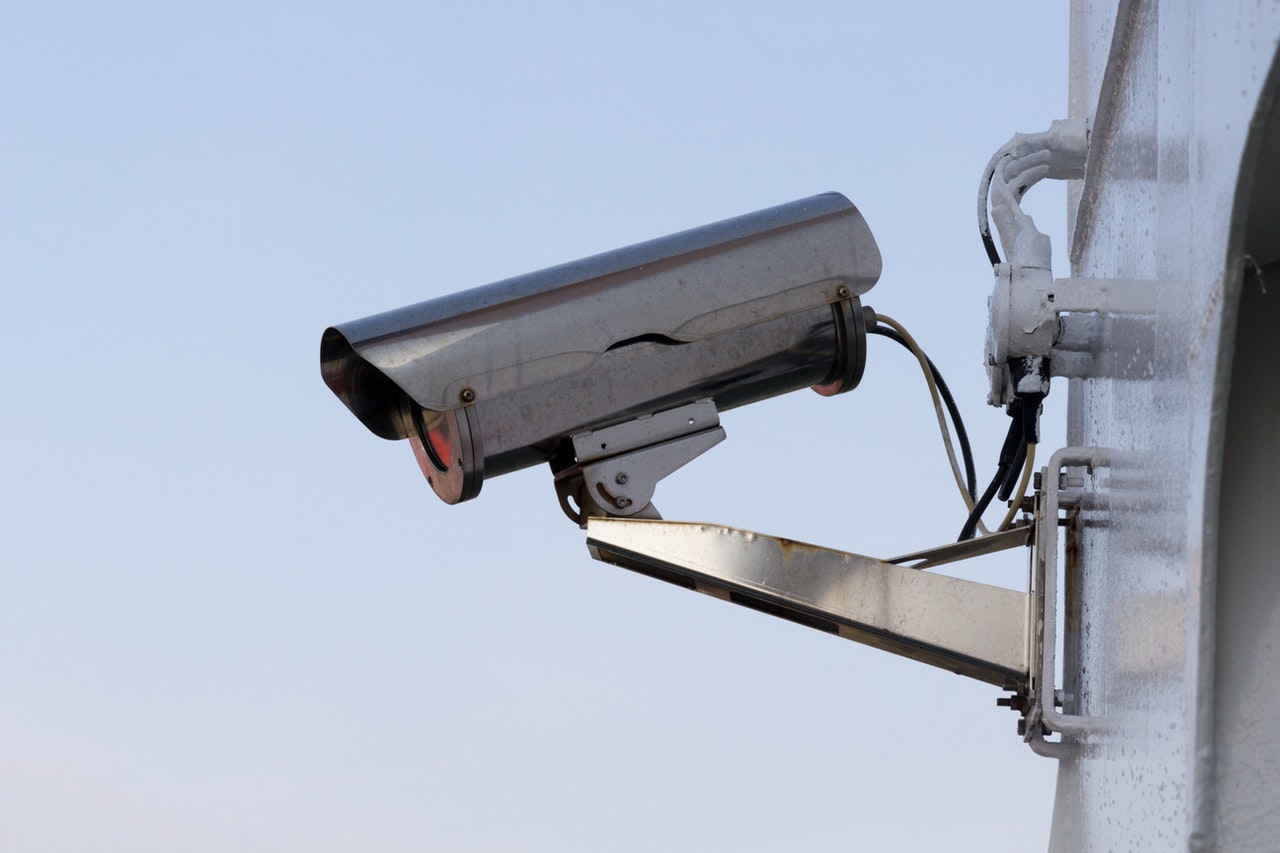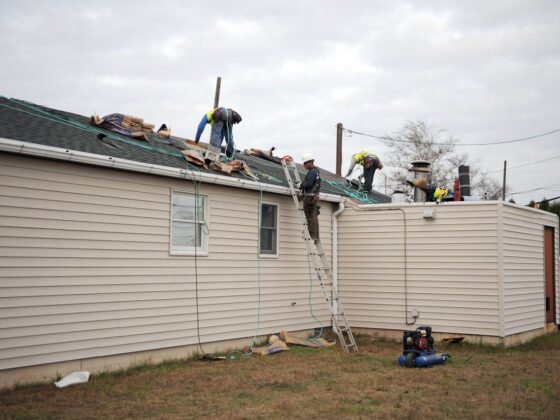Table of Contents Show
Everyone wants to be safe, but it’s not possible to watch every side of your property. That’s where home security cameras come into play. The cameras will help you to keep watch over your home, both outside and inside.
In short, having home security cameras means having another set of extra eyes. There are many, many benefits of home security cameras and we are going to go through them one by one. After reading this, you will find it easy to install the best-rated security camera system for the home.

As the name suggests, a security camera’s main benefit is to provide you security and peace of mind. Home security camera systems can make you feel more secure in your own home. Surveillance is usually also a live feed that you can watch on other gadgets. Most connect to a computer, although some also connect to the Cloud.
If it’s connected to the Cloud then you can watch it anywhere, including on your smartphones. On some cameras, the system can also give alerts of unusual activities. So you can check on your properties and get notified whenever and wherever you are.
Outdoor surveillance cameras could act as a preventive measure for crimes. That’s because of the psychological deterrence effect. Researchers state that burglars would avoid a target with a strong sense of security. That includes houses and businesses with outdoor facing security cameras.
Instead, they will move on to easier targets. Still, thinking twice about getting a security camera?
The Benefits of a Security Camera System
CCTV cameras can be installed outside and inside the property. Home security cameras are also helpful to keep an eye on your family members. Leaving precious family members alone for too long might be stressful, especially when we’re talking about children or the elderly.
Some pets also need extra surveillance. That’s why being able to watch their conditions is very helpful. Some cameras can even give you a notification when family members are home. Some also act as an intercom that allows you to see and talk to them.
The benefits of home security cameras can be enjoyed by others around you as well. The neighborhood might feel safer because of it. Home security cameras can also help the police to catch criminals.
Step-by-step Guide that is Easy to Install Security Camera System for The Home
Of course, security cameras have differences from one another. However, the installation process is quite similar. If you are busy and could spare the budget, hiring professional help is an option.
But remember, depending on the complexity and how many cameras you have, the cost can be quite high. That’s why we encourage you to spare some time to learn the installation method yourself.
Here is a simple yet complete step-by-step on how to install a security camera system.
Get the best Alarm Monitoring for business from https://
1. Purpose and Placement
The first thing to do before deciding where to install your cameras is knowing their purpose. Not everyone needs the camera to deal with burglars.
Some might install an outdoor camera only to check on deliveries. After knowing the purpose of your cameras, it’s time to decide whether to install it inside or outside.
Indoors
Installing indoor cameras are usually easier than outdoor ones. You need to find the right spot, plug it in, turn it on, and link it to your mobile app or computer. Most of the time, the equipment you need is as simple as a screwdriver.
The corner of the room is usually the perfect place for these cameras. This position provides a wide field of view. It may also hide the cameras from thieves or other people. Plus there is very little foot traffic. The position means no risk of stepping or tripping over the cord and unplugging the camera.
Outdoors
Selecting the type of outdoor cameras and installing them may be a bit trickier compared to indoor cameras. But the two most common placements are above the porch (back and/or front) and above the garage door.
For the porch cameras, make sure to select a suitable camera to look at your driveway. As for the garage, we recommend cameras with a bigger field of view. You should also consider a doorbell camera.
2. Drill Holes and Place Your Cameras
After deciding the perfect position for your camera, it’s time to screw it on the place of your choice. Remember to check where the camera is pointing.
Make sure it covers every spot you need to watch, as well as the quality of the motion detection on the position. Remember to check the equipment that came along with your camera.
Some security cameras provide mounting brackets and screws. Some need wiring before mounting (for this, please check step 3 first). Revert back to the manual every time you have a problem with the installation process.
3. Wires and Cables
If your security camera is wireless, you can skip this part. These wireless cameras are battery-powered, making it easier to install a security camera system for the home. Your main concern is changing the battery. Some cameras have longer battery life than the rest, for this, check out our battery powered wireless outdoor security camera reviews to pick your best match.
Screwing cameras onto the places might be easy enough for people in general. The difficult part is arranging the wires and cables of the cameras. Think about the wires route before getting started, especially if you want to install cameras in more than one spot.
Just like the previous step, drill some holes for the wires to go through. Try to hide the wires inside the wall to prevent them from wearing out. There would be usually two wires, one for the power supplies, and the other for video recording.
We recommend you to have a server room where all these cables are linked to. It should be complete with screens where you can see the feed from the cameras. Another tip: try to conceal the cameras, cables, and holes. To do this, you can apply waterproof covers and materials.
4. Connect Home Security Camera System and Power Them On
After finishing the wiring process, don’t forget to check the connection. This includes the connection to the electricity and the system. Is the power supply strong enough for your cameras? After making sure that the system works, think about connecting it to a generator.
This is important, especially during a power outage. Some criminals even attempt to cut the power supply in your home during the act. The generator would make sure your system can work under such circumstances.
5. Set Up Your Self-Installed System
When the system is connected to a power supply and works perfectly, the last thing to do is to set up the system. This setup depends on your needs and the camera/system capability.
Some allow you to be able to access the camera footage through smartphones or tablets. But, some are still limited to wire-connected computers.
You need to know if your cameras manufacturers offer their own app and desktop software. Usually, the apps will have lots of features that help you with the usage. Make sure to experiment a lot with these settings and features to find the best one to suit your needs.
The last thing to do is making sure that you’re good to go by performing one last check. Check the view of each camera, if they’re moving and recording properly as intended. If there’s no more problem between the cameras, power supply, and the system, then you are good to go.
The self-installation process is now complete.
Conclusion
See how it’s easy to install a security camera system for the home? While hiring a professional is always an option, there’s nothing wrong about doing it yourself. This way, you’ll be able to handle menial installations issues that may occur in the future.










